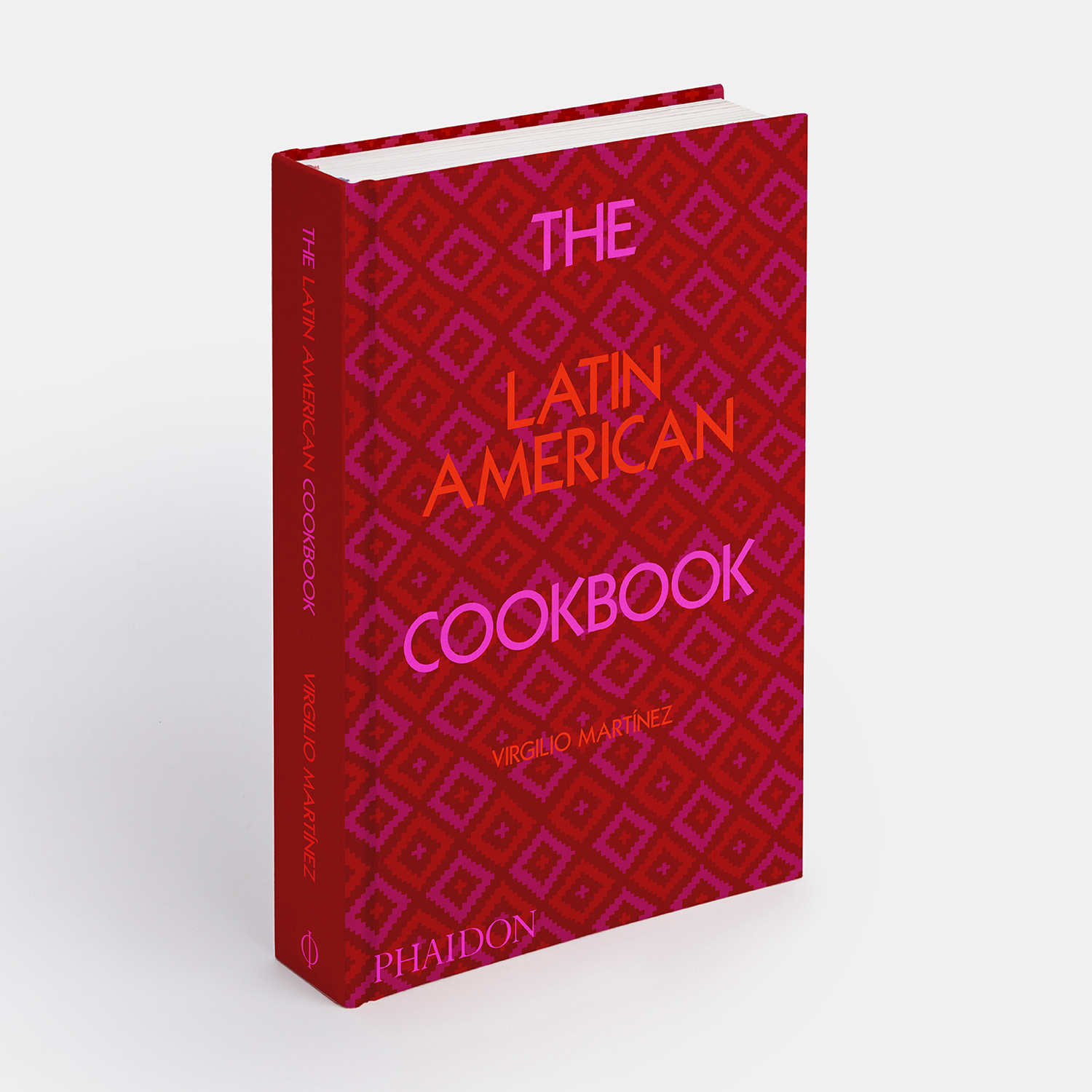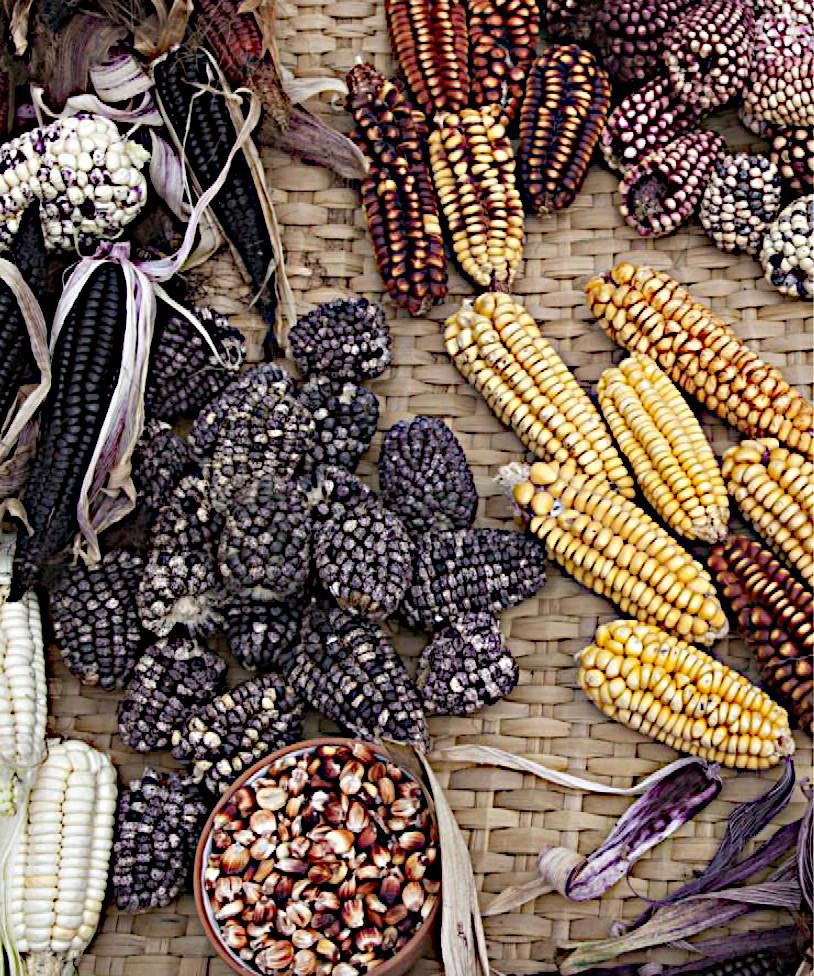
The smart chemistry in the Latin American Cookbook
There is one ancient, yet effective, preparation technique that opens up a world of culinary opportunities, Virgilio Martínez's new book reveals
From the tomato to the turkey, the pepper to the potato, so many of the key ingredients in our cuisine originate in the hugely diverse environment of Latin America. Quite a few of those plants and animals are so widely consumed around the world, we no longer associate them very closely with the Latin American region. However, one crop well loved outside of this part of the world, but still widely associated with its cuisine and culture, is corn or maize.
“If a single ingredient could be pointed to as the backbone of cooking in the Americas, corn would be it,” explains the text in Virgilio Martínez's The Latin American Cookbook. “Since its wild ancestor, teocintle (Zea perennis), was domesticated by indigenous groups in southern Mexico between 7,500 and 12,000 years ago, corn has become a staple food for the entire world.
“It’s the only grain that needs human intervention to reproduce. In Mexico alone, there are 59 locally adapted, traditional varieties of corn, which have an estimated 2,000 uses. From Mexico, maize cultivation spread north and south to the far reaches of the continent. With each culture that the crop came into contact with, new uses developed. In rural areas, it is eaten three times a day. Corn is part of Mayan creation myths, and Inca armies carried toasted kernels with them as they marched across the Andes.”
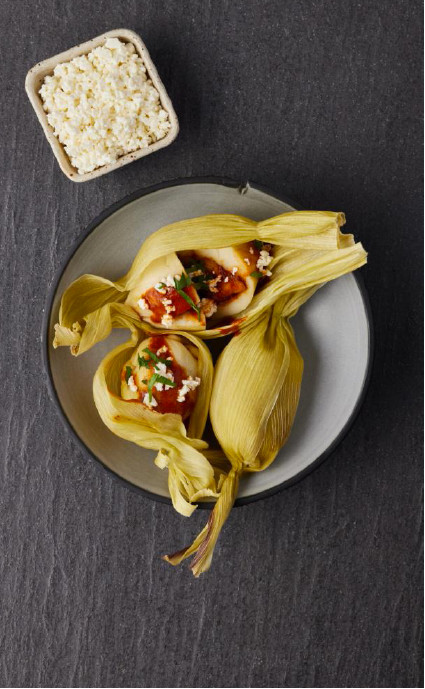
Yet corn wouldn’t be so widely consumed, were it not for a smart chemical process first developed by ancient civilisations in this part of the world. “The process of nixtamalization originated in Mesoamerica, possibly in Guatemala or southern Mexico, several thousand years ago,” explains Virgilio Martínez in The Latin American Cookbook. The procedure steeps the corn in water mixed with cal (calcium hydroxide, sometimes called slaked lime) or ash (potassium hydroxide), which partially dissolves pericarp, the hard skin of the corn, making it more digestible, easier to work with, and far tastier.
“The particular quantities of water and cal can vary depending on the type of corn and the desired results,” the book goes on. “More cal means a slightly bitter taste, which some appreciate, not to mention a longer lasting tortilla. Less cal can mean more natural flavors and colors. Similarly, the ratio of water, cooking temperature, and steeping times can all be tweaked to produce a particular result. When the pericarp is just starting to come off, usually after a half day to a day of soaking, it becomes nixtamal.”
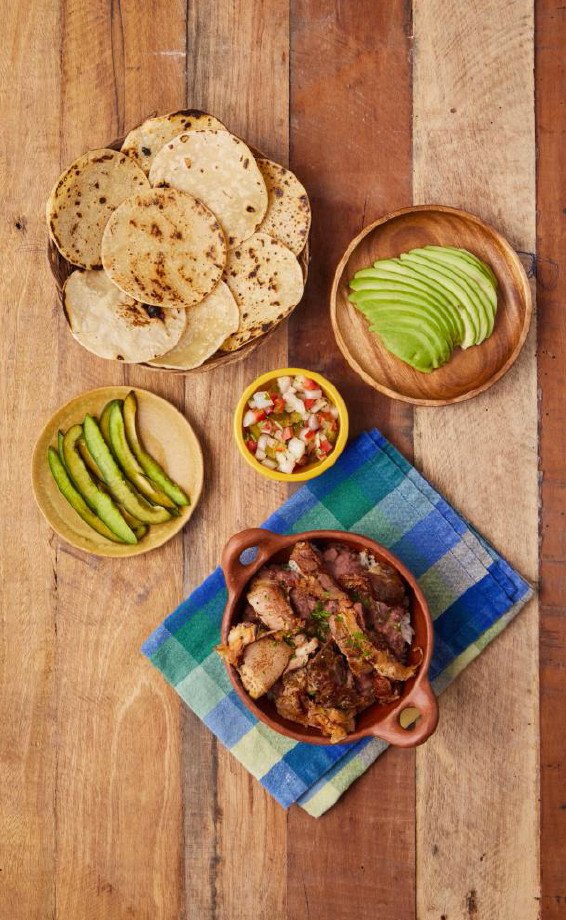
“Nixtamal, called hominy in English, and also a staple of the cuisine of the southern United States, can be used directly in salads or stews, such as pozole, or made into masa to make tortillas.”
The Latin American Cookbook is full of masa and tortilla recipes, however, we thought we’d share this dish, red hominy stew. To make it you’ll need 1 1/2 white onions, quartered; 12 garlic cloves, peeled; 2 lb (900 g) of pork shoulder, diced; one lb (450 g) of pork rib, cut into pieces; 81/2 pints/135 fl oz (4 liters) of water; five ancho chiles, seeded and veins removed; five guajillo chiles, seeded and veins removed; 1/2 a teaspoon of Mexican oregano; two tablespoons of vegetable oil; 6 cups/48 fl oz (1.4 liters) of canned hominy, rinsed and drained (or 2 cups/16 fl oz/475 ml dried hominy, soaked for at least 6 hours); as well as salt and ground pepper.
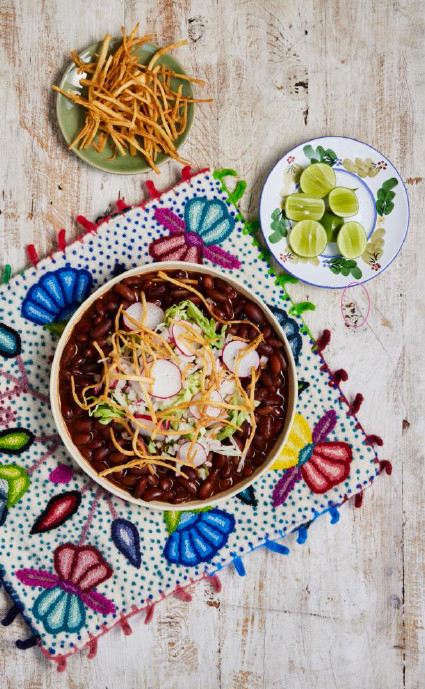
Add an onion, six garlic cloves, the diced pork shoulder, ribs, and some salt to a large pan. Add the water and bring to a boil, then lower the heat and cook for about 21/2 hours, or until the meat comes off the bone. Remove the layer of foam and grease that forms on the surface of the broth with a ladle as it cooks. Remove the cooked meat and set aside, reserving the cooking stock.
To prepare the sauce, soak all the chiles for 25 minutes in enough water to cover them. Once soft, drain and place in a blender, along with the remaining garlic, onion, and the oregano, adding a little of the pork stock to blend until smooth. Heat the oil in a small pan over medium-high heat, then add the sauce and season with salt. Reduce the heat and simmer for about 25 minutes, then strain and mix in with the reserved cooking stock. Bring to a boil, then add the meat and lower the heat, letting it simmer for 10 minutes. Add the hominy and season with salt and pepper. Continue cooking until the hominy is completely cooked, about 40 minutes.
For more exciting recipes from across the entire Latin American region get a copy of The Latin American Cookbook here.
